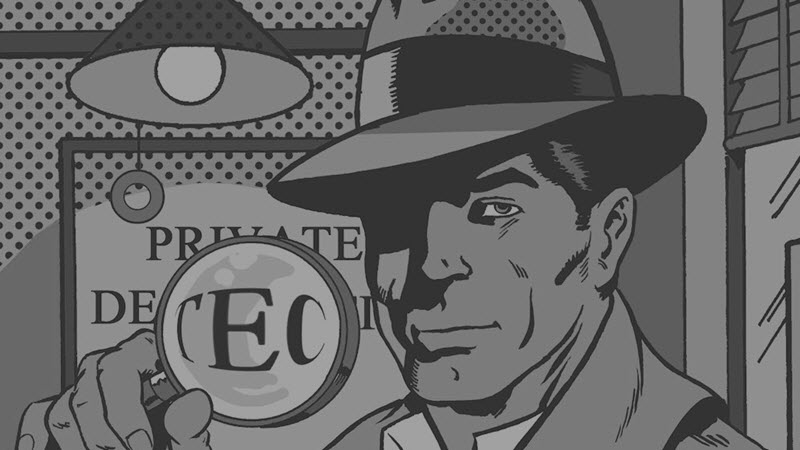

Warning: A number of UK investors have contacted us asking for help after having been scammed by binary options brokers that have stolen their money. Several of our clients have lost six figure sums to these rough operations. It is very hard to recuperate the money once it has been sent to a foreign country. We therefore want to warn all our readers to be careful to avoid getting scammed. It is easier to avoid being scammed than is to resolve the issue after you have being scammed. Make sure to only trade with honest regulated binary options brokers if you want to trade binary options. Find a good regulated broker.
An insurance investigator investigate issues pertaining to insurance claims. Some insurance companies have their own in-house insurance investigators, while others outsource it to third-party contractors – sometimes even to more generalized private investigation firms.
Only a fraction of all insurance claims are investigated in this manner; typically claims that the standard insurance clerk have found suspicious for one reason or another or claims that fall within a niche renowned for attracting insurance scammers. Sometimes, the mere amount of money involved can warrant the use of an insurance investigator to make sure that everything is on the up and up.
The tasks of the insurance investigator is tailored to the specific claim that needs to be investigated, and can for instance involved surveillance, going through medical records, trying to obtain information through social media, and searching for evidence of previous claims or reported incidents.
Insurance fraud is a crime, and when it comes to suspected insurance fraud, insurance investigators often do work that the police would do if they had enough resources to investigate all cases of suspected insurance fraud. If the insurance investigator finds sufficient evidence of fraud and turn it over to the police, this can result in the police taking over the investigation. In some cases, the insurance company elect to not hand over evidence nor press charges against the alleged fraudster – they simply refuse to pay out the requested compensation and leave it at that. This is especially common in situations where actually proving fraudulent behaviour beyond reasonable doubt is deemed to be quite difficult.
Insurance fraud
Deliberate destruction of insured property
 When a person needs cash and have a good insurance policy that covers one or more valuable assets, it can be tempting to deliberately destroy or hide the insured property in order to claim the value back from the insurance company. A car that is insured for a high amount but would be difficult to sell for that amount (e.g. due to damages or wear and tear that the insurance company doesn’t know about) can for instance be taken to a secluded spot and torched, making it possible for the car owner to fraudulently report the car as stolen.
When a person needs cash and have a good insurance policy that covers one or more valuable assets, it can be tempting to deliberately destroy or hide the insured property in order to claim the value back from the insurance company. A car that is insured for a high amount but would be difficult to sell for that amount (e.g. due to damages or wear and tear that the insurance company doesn’t know about) can for instance be taken to a secluded spot and torched, making it possible for the car owner to fraudulently report the car as stolen.
Having your cake and eating it too
In the example above, the car owner actually destroyed his car before seeking compensation, but there are also many examples of cases where insurance fraudsters doesn’t even destroy the insured object. Valuable objects such as jewellery, antiques or art can be hidden away and reported as stolen in an attempt to extract money from the insurance company.
Wrong timeline
A common type of insurance fraud is where the claimant try to get compensation for an injury or damages sustained before the insurance policy came into effect. A person involved in an accident can for instance try to get compensation for damages to his car that were already present when the car crashed.
Exaggeration of injuries
Exaggeration of injuries is yet another example of a common type of insurance fraud where an insurance investigator can be helpful for the insurance company. Psychological injuries or physical injuries that are difficult to quantify can be exaggerated by claimants looking for a larger payout than they are rightfully entitled too. A claimant can for instance state that a back injury has made her unable to walk more than a few steps, and the investigator will then try to establish if this is correct or not. A film clip or photographs showing the claimant jogging, walking her dog or in other ways being more physically active than stated can save the insurance company vast amounts of money and also make the fraudster liable for prosecution.